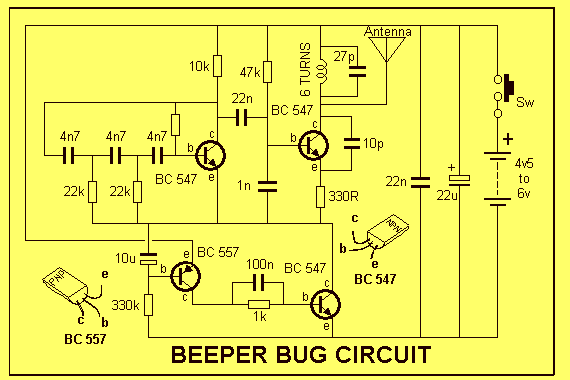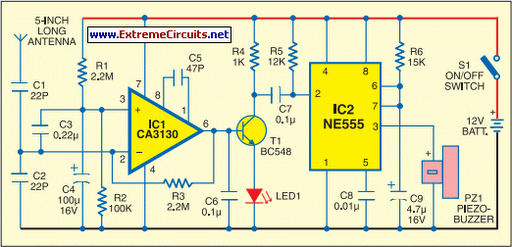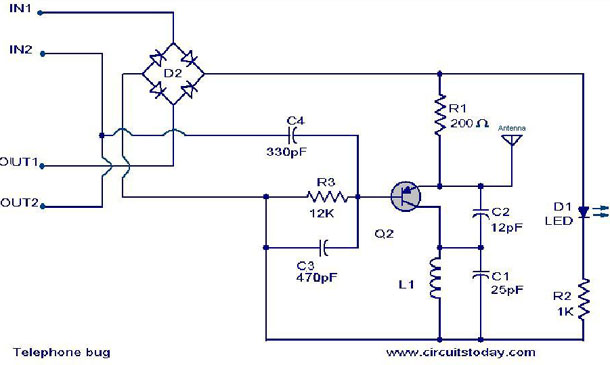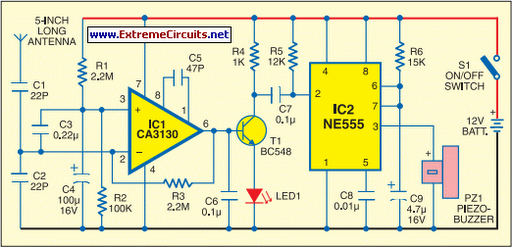
mother bug
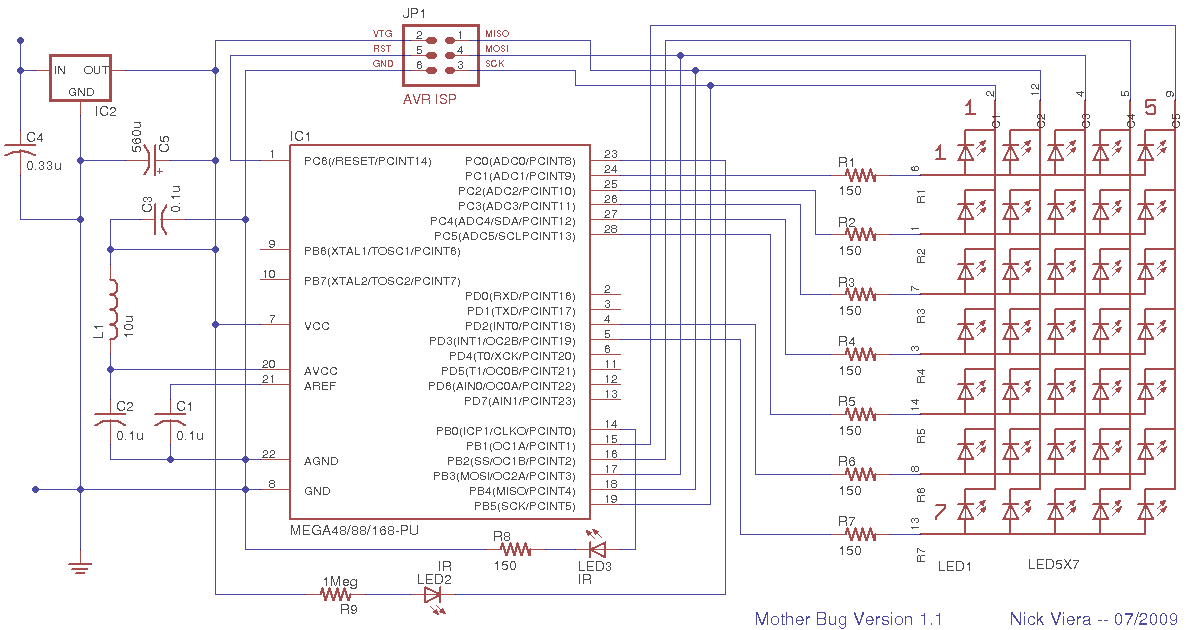
Mother Bug is a simple, interactive electronic message board disguised as a "bug." Text messages are pre-programmed into the memory of the device's microcontroller. When triggered, the microcontroller uses a 5 x 7 LED matrix display to show the messages. Some messages/icons are static, while others scroll across the screen when displayed. Mother Bug is always on but usually operates in a low-power state when inactive. It activates when motion is detected near its "eyes," which consist of two infrared (IR) LEDs—one as a transmitter and the other as a receiver. The presence of a hand or object near the LEDs reflects the IR light from the transmitter back into the receiver. After waking up, the device displays one of the pre-programmed messages chosen at random, then returns to its low-power idle state. Although designed as an elaborate Mother's Day gift, the microcontroller firmware could easily be modified for other functionalities. If a subsequent version is built, a serial port would be installed to allow it to function as a remote display for weather information, time, RSS feeds, etc. Initially, the packaging of the device was uncertain, as the designer considered mounting the LED display and circuit board behind a small piece of clear plastic like lucite or lexan. However, the final design turned the casing into an artistic piece, using a 2-inch diameter PVC coupler that was readily available. The gray coupler is intended for use with electrical PVC conduit. Two holes were drilled for the infrared LEDs, and a Dremel was used to create a rectangular opening for the LED matrix display. To protect the electronics from dust and insects, two end caps were hot-glued into the sides of the PVC coupler body. Side pieces were cut from scrap lexan with a hole saw. Due to the curved body and high center of gravity, the device tended to roll, so two old electrolytic capacitors were glued to the casing to act as feet. Finally, to enhance the "bug" appearance, two small springs were attached to the top to serve as antennae.
The Mother Bug circuit consists of several key components that work together to create an interactive experience. At the core is the microcontroller, which is programmed to manage the LED matrix display and handle input from the infrared sensors. The microcontroller can be any suitable model with enough memory to store multiple messages and control the display, such as an ATmega328 or similar.
The 5 x 7 LED matrix is composed of 35 individual LEDs arranged in a grid, which allows for the display of both static and scrolling text. Driving the LED matrix typically involves using a series of shift registers or multiplexing techniques to control the individual LEDs efficiently. The microcontroller sends signals to these components to light up the appropriate LEDs based on the selected message.
The motion detection system relies on two infrared LEDs positioned strategically to form a simple proximity sensor. The transmitter LED emits infrared light, which is reflected back to the receiver LED when an object, such as a hand, comes close. This reflection triggers the microcontroller to wake from its low-power state and initiate the display of a message.
The power management of the device is crucial for maintaining a low-power idle state. A suitable battery or power source should be selected to ensure long operational life. The circuit can also incorporate a power-saving mode, where the microcontroller enters a deep sleep state after a period of inactivity.
The physical design of the Mother Bug, utilizing a PVC coupler, not only provides a sturdy housing but also contributes to the aesthetic appeal of the device. The use of lexan for the display cover ensures visibility while protecting the internal components. The addition of capacitors as feet helps stabilize the device, preventing it from rolling over, which is particularly important given its unique shape.
In summary, the Mother Bug is a well-thought-out electronic project that combines functionality with artistic design. Its interactive features, powered by a microcontroller and enhanced by infrared motion detection, provide a charming and engaging user experience. The potential for firmware modification and additional functionalities makes it a versatile platform for future iterations.Mother Bug is a simple, interactive electronic message board. disguised as a "bug. " Text messages are pre-programmed into the memory of the device`s microcontroller. When triggered, the microcontroller uses a 5 x 7 LED matrix display to print out the messages. Some messages / icons are static and others scroll across the screen when displayed. Mother Bug is always on, but it normally "sleeps" in a low-power state when not active. It is activated when motion is detected in close proximity to its "eyes". The "eyes" consist of two infrared (IR) LEDs, one used as a transmitter, and one used as a receiver (respectively). The presents of a hand or other object near the LEDs causes the IR light from the transmitter LED to be reflected back into the receiver LED.
After the device wakes up, it prints one of the pre-programmed messages; chosen at random. Mother bug then returns to its low-power "idle" state. Although I purposely designed Mother Bug to be an over-the-top Mother`s Day gift, the microcontroller firmware could easily be changed to turn it into a more useful device. If I build another version of the device I`d definitely install a serial port on it. This would allow it to do very easily be a remote display that could show weather info, time, RSS feeds, etc.
When I first came up with the idea to make the electronic circuit part of Mother Bug, I had no idea how I would package the device. I was originally considering mounting the LED display and circuit board behind a small piece of clear plastic such as lucite or lexan.
However, I decided it would be cooler to try and make the casing for Mother Bug more of an art piece. I ended up designing the casing for Mother Bug around a 2 inch diameter PVC coupler because I had extras laying around.
The coupler I used is gray because it is designated for use with electrical PVC conduit. I used a drill to create two holes for the infrared LEDs, and a Dremel to route out a rectangular opening for the LED matrix display to show through. In order to keep dust and bugs out of the electronics, I hot-glued two end caps into the sides of the PVC coupler body.
I cut the side pieces out of some scrap lexan with a hole saw. Because the body of the Mother Bug is curved, and the center of gravity is high up in the casing, it has a tendancy to roll around. To prevent this, I glued two old electrolytic capacitors to the casing to serve as feet. Lastly, to finish off the "bug" appearance, I glued two small springs to the top so that Mother Bug would have antennae (all awesome bugs have antennae!)
🔗 External reference
The Mother Bug circuit consists of several key components that work together to create an interactive experience. At the core is the microcontroller, which is programmed to manage the LED matrix display and handle input from the infrared sensors. The microcontroller can be any suitable model with enough memory to store multiple messages and control the display, such as an ATmega328 or similar.
The 5 x 7 LED matrix is composed of 35 individual LEDs arranged in a grid, which allows for the display of both static and scrolling text. Driving the LED matrix typically involves using a series of shift registers or multiplexing techniques to control the individual LEDs efficiently. The microcontroller sends signals to these components to light up the appropriate LEDs based on the selected message.
The motion detection system relies on two infrared LEDs positioned strategically to form a simple proximity sensor. The transmitter LED emits infrared light, which is reflected back to the receiver LED when an object, such as a hand, comes close. This reflection triggers the microcontroller to wake from its low-power state and initiate the display of a message.
The power management of the device is crucial for maintaining a low-power idle state. A suitable battery or power source should be selected to ensure long operational life. The circuit can also incorporate a power-saving mode, where the microcontroller enters a deep sleep state after a period of inactivity.
The physical design of the Mother Bug, utilizing a PVC coupler, not only provides a sturdy housing but also contributes to the aesthetic appeal of the device. The use of lexan for the display cover ensures visibility while protecting the internal components. The addition of capacitors as feet helps stabilize the device, preventing it from rolling over, which is particularly important given its unique shape.
In summary, the Mother Bug is a well-thought-out electronic project that combines functionality with artistic design. Its interactive features, powered by a microcontroller and enhanced by infrared motion detection, provide a charming and engaging user experience. The potential for firmware modification and additional functionalities makes it a versatile platform for future iterations.Mother Bug is a simple, interactive electronic message board. disguised as a "bug. " Text messages are pre-programmed into the memory of the device`s microcontroller. When triggered, the microcontroller uses a 5 x 7 LED matrix display to print out the messages. Some messages / icons are static and others scroll across the screen when displayed. Mother Bug is always on, but it normally "sleeps" in a low-power state when not active. It is activated when motion is detected in close proximity to its "eyes". The "eyes" consist of two infrared (IR) LEDs, one used as a transmitter, and one used as a receiver (respectively). The presents of a hand or other object near the LEDs causes the IR light from the transmitter LED to be reflected back into the receiver LED.
After the device wakes up, it prints one of the pre-programmed messages; chosen at random. Mother bug then returns to its low-power "idle" state. Although I purposely designed Mother Bug to be an over-the-top Mother`s Day gift, the microcontroller firmware could easily be changed to turn it into a more useful device. If I build another version of the device I`d definitely install a serial port on it. This would allow it to do very easily be a remote display that could show weather info, time, RSS feeds, etc.
When I first came up with the idea to make the electronic circuit part of Mother Bug, I had no idea how I would package the device. I was originally considering mounting the LED display and circuit board behind a small piece of clear plastic such as lucite or lexan.
However, I decided it would be cooler to try and make the casing for Mother Bug more of an art piece. I ended up designing the casing for Mother Bug around a 2 inch diameter PVC coupler because I had extras laying around.
The coupler I used is gray because it is designated for use with electrical PVC conduit. I used a drill to create two holes for the infrared LEDs, and a Dremel to route out a rectangular opening for the LED matrix display to show through. In order to keep dust and bugs out of the electronics, I hot-glued two end caps into the sides of the PVC coupler body.
I cut the side pieces out of some scrap lexan with a hole saw. Because the body of the Mother Bug is curved, and the center of gravity is high up in the casing, it has a tendancy to roll around. To prevent this, I glued two old electrolytic capacitors to the casing to serve as feet. Lastly, to finish off the "bug" appearance, I glued two small springs to the top so that Mother Bug would have antennae (all awesome bugs have antennae!)
🔗 External reference

